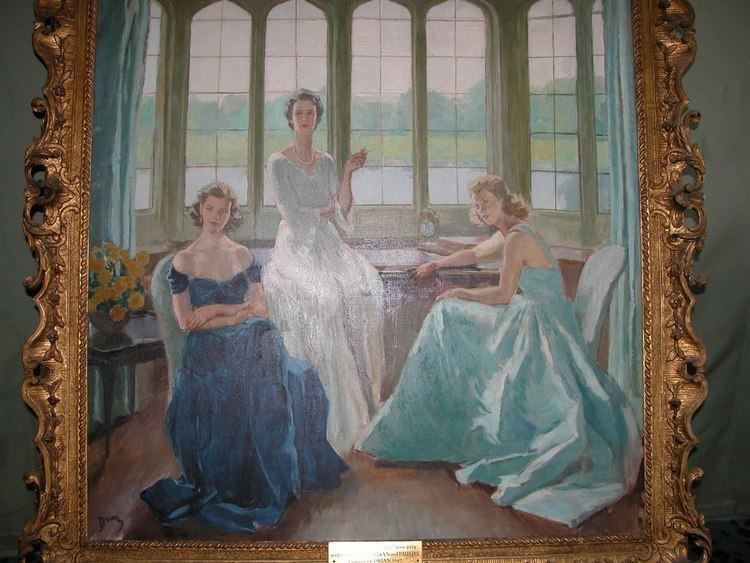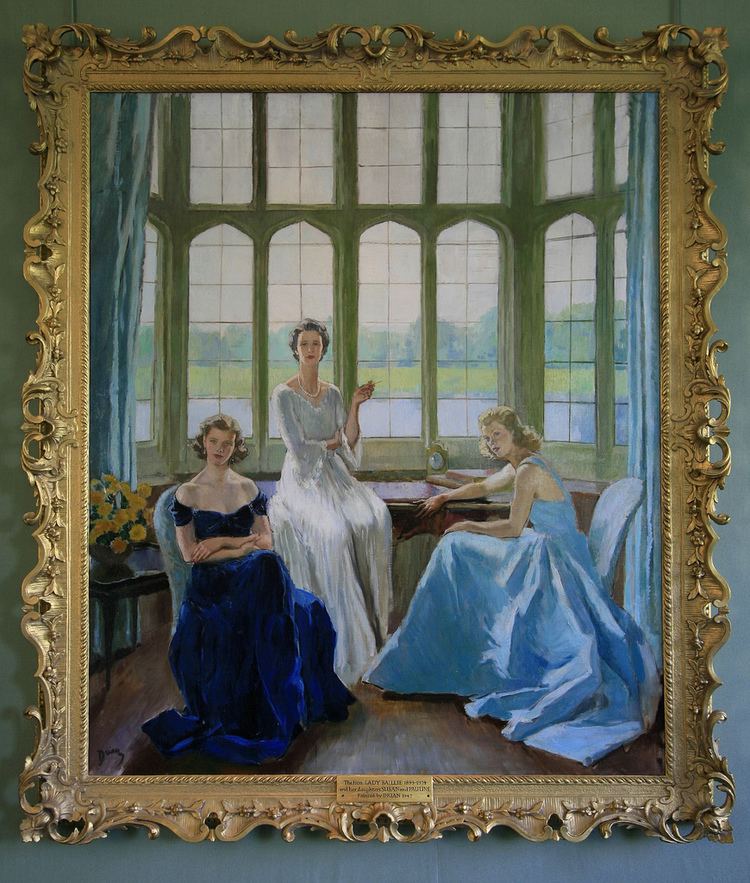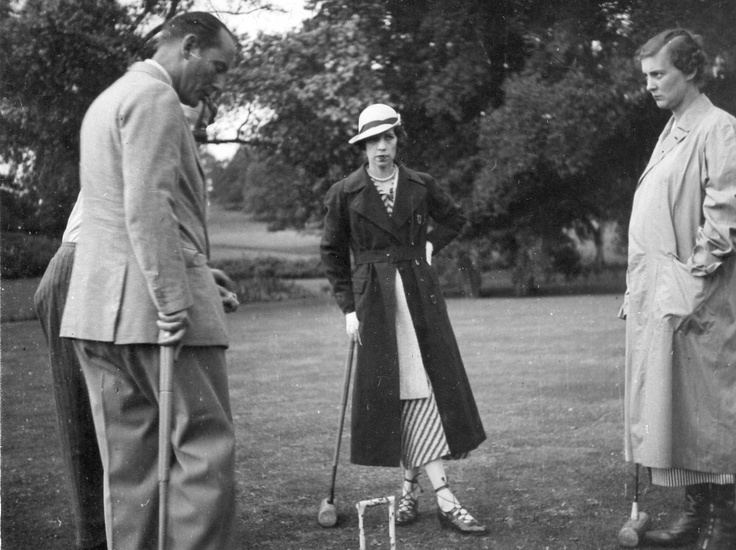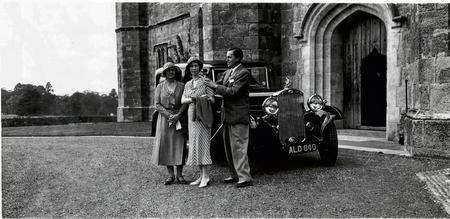Name Olive, Baillie | ||
 | ||
Died September 9, 1974, London, United Kingdom | ||
Olive, Lady Baillie (1899 – 9 September 1974) was an Anglo-American heiress, landowner and hostess. She is best known as the owner of Leeds Castle, near Maidstone, Kent, England. On her death the castle was bequeathed to a charitable trust to enable it to be open to the public.
Contents

Personal life

Olive Cecilia Paget was born in the USA in 1899, the elder daughter of the Englishman Almeric Paget, who later became the 1st Baron Queenborough, and his American wife Pauline Payne Whitney, the daughter and heiress of William C. Whitney. In 1905 her sister, Dorothy Wyndham Paget was born. When their mother died in 1916, each daughter inherited a considerable fortune. Olive was educated in France and in 1918 she served briefly as a wartime nurse. In 1919 she married the Hon. Charles John Frederick Winn, son of Baron St Oswald of Nostell Priory in Yorkshire, England. They had two daughters; Pauline was born in 1920 and Susan in 1923. The marriage ended in divorce in 1925.

Later that same year she married Arthur Wilson Filmer. The Wilson Filmers bought Leeds Castle in 1926–27 but were divorced in 1931. Olive retained possession of the castle. In November 1931 she married Sir Adrian William Maxwell Baillie, 6th Baronet, thus gaining the title of Lady Baillie. They had one son, Gawaine, who was born in 1934. Sir Adrian and Lady Baillie divorced in 1944; he died in 1947. Lady Baillie died in London on 9 September 1974, aged 75. Her estate amounted to about £4.08 million.
Leeds Castle

When the Wilson Filmers bought Leeds Castle it was in a poor condition, having not been lived in since 1924, and parts of the grounds were overgrown. For the remainder of her life, the future Lady Baillie spent a large portion of her inherited fortune on the restoration of the castle and its associated buildings, and on the park and estate. She initially employed Owen Little, a Surrey architect, to carry out work on the entrance lodges and the stable yard. Much of the internal restoration of the castle at that time was designed by the French designer Armand-Albert Rateau. The work was carried out by craftsmen from France and Italy, as well as from Britain. Later, between 1936 and 1967, Lady Baillie worked with the French designer Stéphane Boudin in planning further restorations and improvements to the castle.

Lady Baillie became renowned as a hostess. The Baillies lived during the week in London and held house parties at Leeds Castle at the weekends. Frequent visitors to the castle were political friends of Sir Adrian, David Margesson and Geoffrey Lloyd who were to become lifelong friends of Lady Baillie. During the 1930s members of royalty, including the Prince of Wales with Mrs Simpson, the Duke of York, Princess Marina, Queen Maria of Romania, Alfonso XIII of Spain and the Grand Duke Dmitri Pavlovich of Russia were visitors. Other prominent visitors included Sir Alfred Beit, many MPs, including Anthony Eden, and Germany's ambassador to Britain, Joachim von Ribbentrop. Lady Baillie was a lover of the cinema and her guest list during that decade included the film stars Douglas Fairbanks senior and junior, Fredric March, Charlie Chaplin, Errol Flynn, Lili Damita, Robert Taylor, James Stewart and Gertrude Lawrence. Other guests were Margaret, Duchess of Argyll, Barbara Hutton, the author Ian Fleming, and the singer Richard Tauber.
During the Second World War, Leeds Castle was used as a hospital. After the war, hospitality for prominent guests resumed, but on a smaller scale than in the 1930s. David Margesson and Geoffrey Lloyd continued to visit frequently. Members of the royal family continued to be invited, including Queen Elizabeth The Queen Mother and Princess Marina. Another frequent visitor was John Hay Whitney, the American ambassador to Britain. From the 1950s Lady Baillie's health started to deteriorate. She had always been a cigarette smoker and by the 1970s had become dependent on oxygen and needed the support of a resident nurse. She had given 3,400 acres (14 km2) of the castle's estate to her son Gawaine in 1966, but wanted the castle itself to be available after her death to the public for the arts and for conferences. Not wanting it to be taken over by the National Trust, she made arrangements for it to be administered by a charitable trust, which is now the Leeds Castle Foundation.
